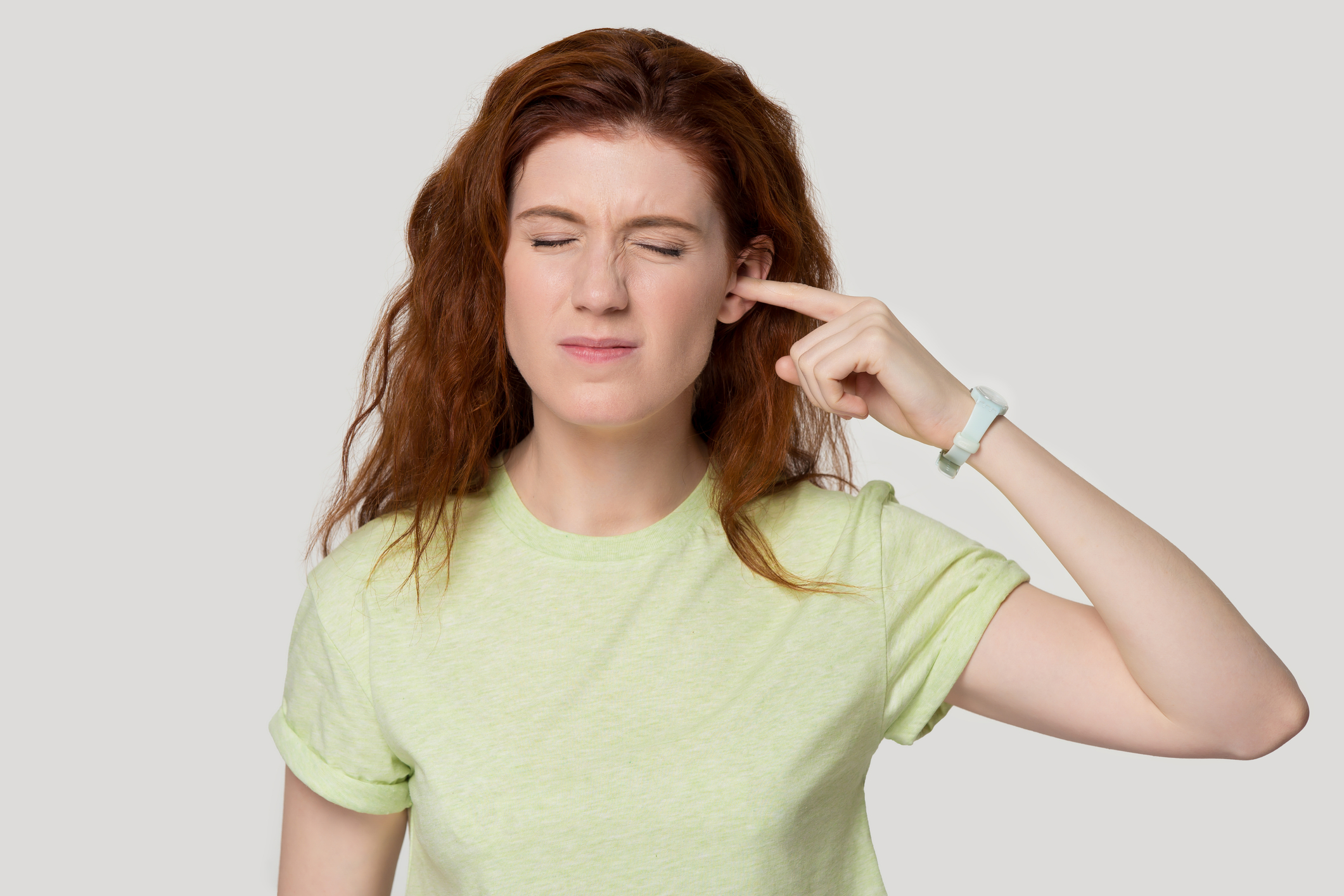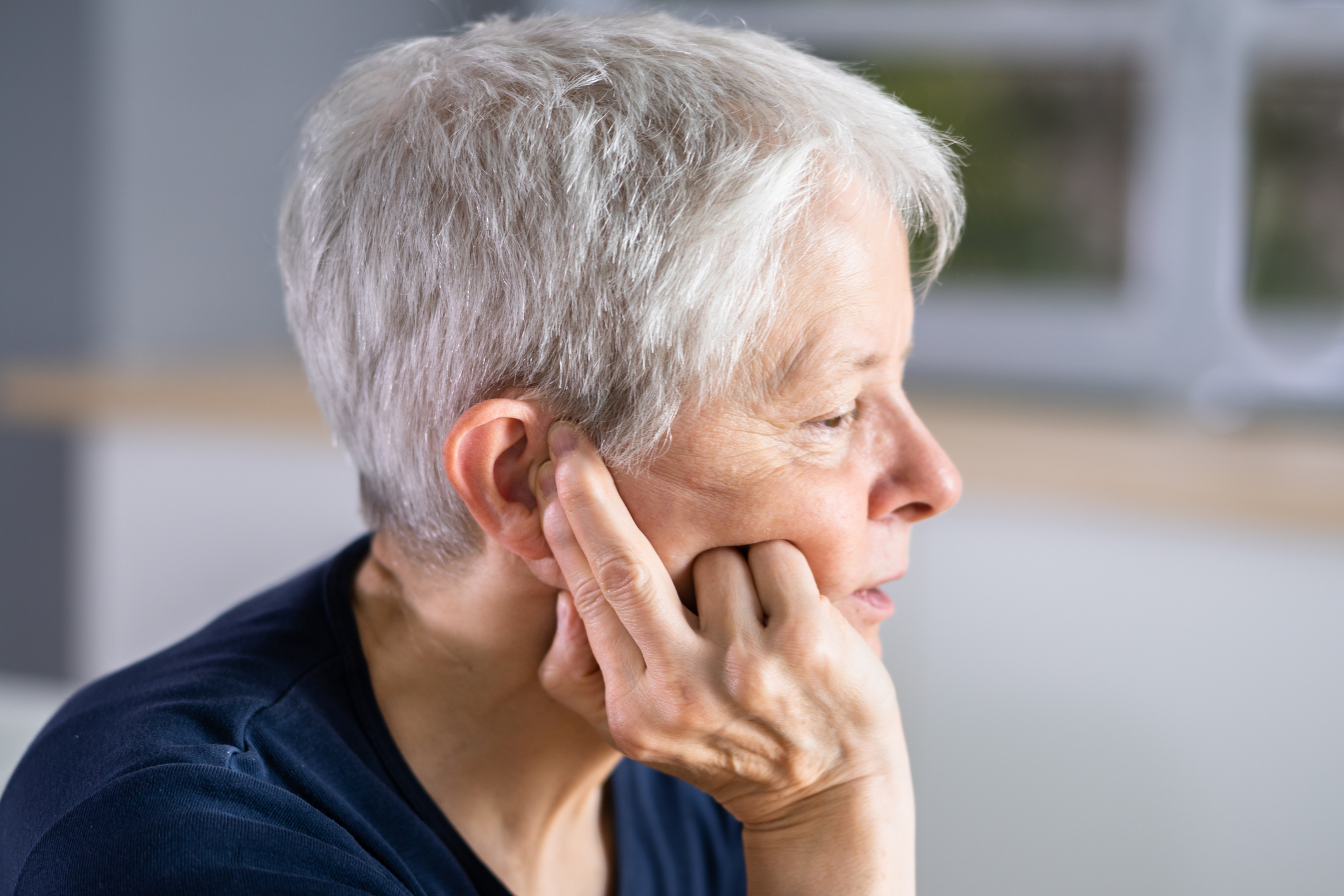Listen Up, Expose the Volume Danger: Five Shocking Ways Your Ear Buds Might be Stealing Your Hearing
On a daily commute, working out in the gym, or simply tuning out noise around, we often resort to blast our earbuds without realizing the potential harm. This part is focused on the dangers of high-decibel music on our hearing abilities. Research has shown that long-term exposure to noise above 85 decibels can cause significant damage to our hearing. Earbuds often output volume as high as 110 decibels, which is comparable to a rock concert!
The loudness not only tantalizes the delicate inner ear linings but also leads to a possible permanent hearing loss. When the sensory cell damage occurs within our inner ear due to elevated sounds, it cannot be regenerated. This gradually leads to the loss of hearing. It’s a bit like toppling dominoes where one can create a cascade that impacts many.
The risk is amplified especially for those who feel the need to increase the volume to drown out surrounding noise. The World Health Organization reports an estimated 1.1 billion young people worldwide could be at risk of hearing loss due to unsafe listening practices.
Duration Dangers: A Case of “Too Long, Too Loud

Now that we understand the intensity of the volume, let's see what role duration plays. Our exposure time to loud noise plays a significant role in our hearing health. Acute, continuous exposure to loud music for extended periods can cause immediate deterioration to our inner ear cells. The length of time you listen at high volume to music on your earbuds can impact your hearing more than you might think.
Experts suggest that we follow the 60/60 rule: only use devices at no more than 60% volume for no more than 60 minutes a day. Moreover, it’s a good practice to give our ears a break every now and then, allowing it to recover from the high-volume exposure.
Low-Quality Gear, High-Quality Risks

We've seen the perils that high volume and long duration pose on our hearing health. Let's now delve into the hardware aspect. The quality of your earbuds matters! Lower-quality earbuds are often incapable of efficiently blocking out external noise, often leading to increased volume levels.
Higher-quality earbuds typically come with noise-cancellation features, reducing your tendency to turn up the volume. Multiples studies have shown that masking environmental sounds by turning up the volume leads to an indirect exposure to danger - higher sound levels, for longer durations.
Not Just Hearing Loss: The Tinnitus Trap

Most of us are quite aware of the potential for hearing loss; however, another less-discussed but common ailment is Tinnitus. Characterized by ringing, buzzing, or hissing sounds in the ear, Tinnitus can be a direct consequence of cranky, loud music over an extended period.
Damage to the stereocilia, tiny hair-like structures situated on top of hair cells in the inner ear, can trigger Tinnitus. Listening through earbuds at high volume can cause these to bend or break, causing the hair cells to send random electrical impulses to your brain, leading to the aforementioned noises.
The Young Ears at Risk and The Prevention Pathway

Finally, knowing the severity of the potential risks, we should be cognizant of our responsibilities, especially for the younger generation. With increased smartphone usage among kids and teenagers, the risk is ever higher. Using volume limit settings available in most devices, high-quality earbuds, and proper listening practices can prevent potential hearing damage.
Teaching and inculcating healthy audio habits from an early age could be instrumental in curbing a future epidemic of hearing loss. As parents, teachers, and responsible adults, it's in our hands to guide the younger generation in the right direction.